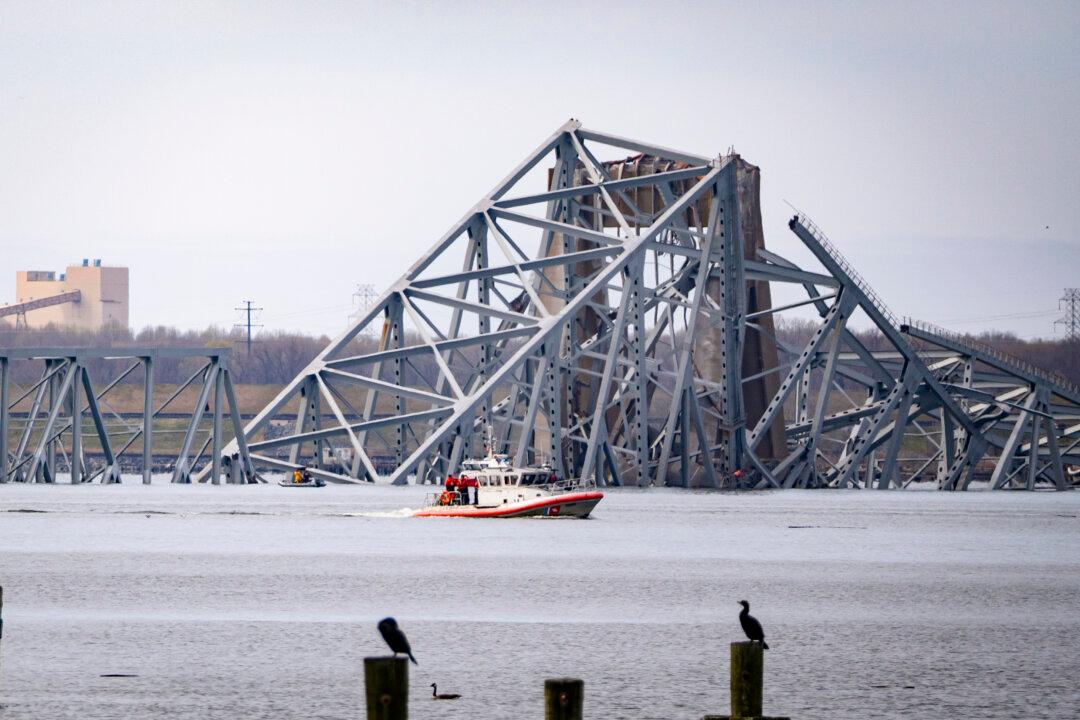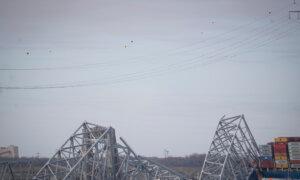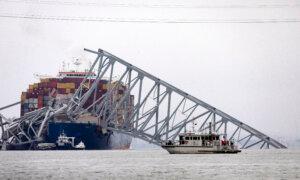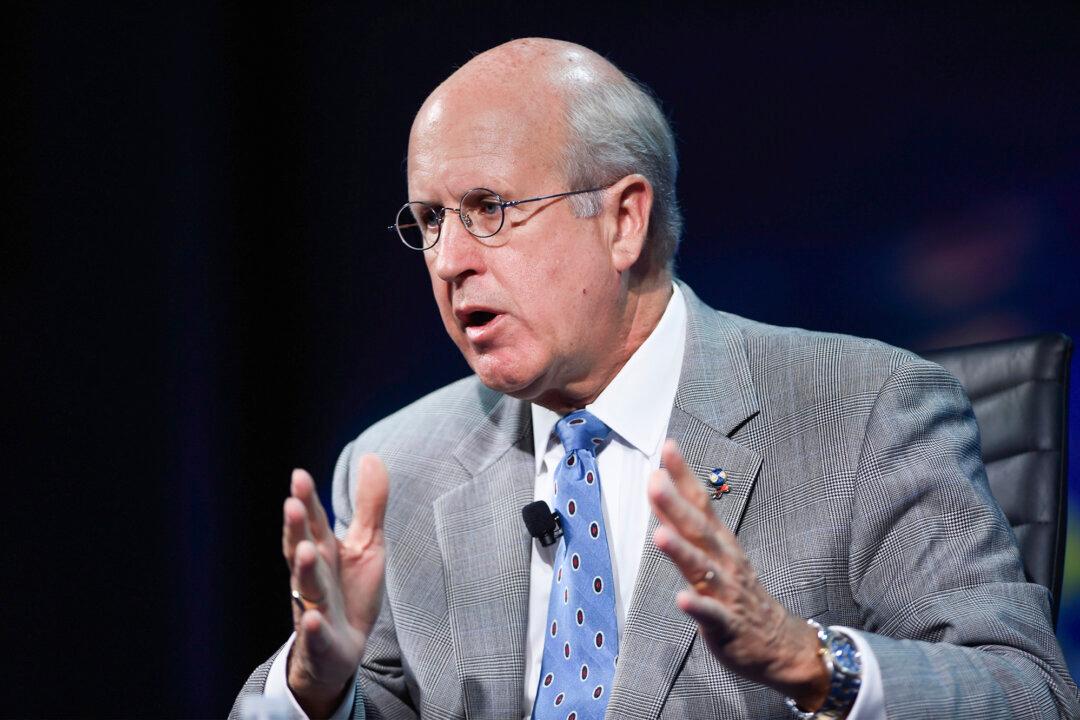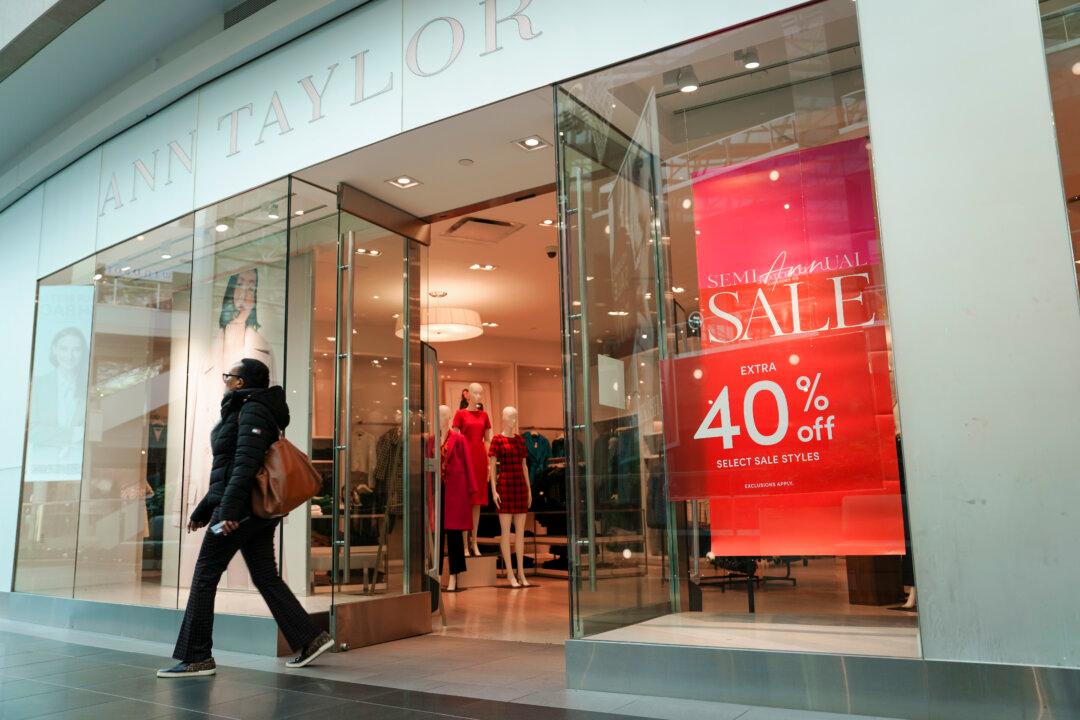The Francis Scott Key Bridge disaster at the Port of Baltimore is expected to produce a ripple effect for both the local and national economy—from supply chain disruptions to potential inflationary pressures.
As officials and experts examine the fallout after a cargo ship struck the bridge on March 26, causing its collapse, experts are debating how a closed Baltimore port could affect trade flows.
To illustrate how vital it has become for trade on the Eastern Seaboard, the port handled a record 52.3 million tons of foreign cargo worth nearly $81 billion. Additionally, it sees vast imports and exports of cars and light trucks, farming machinery, and commodities such as liquefied natural gas (LNG) and coal.
As much as $200 million in value of goods pass through the port each day.
With authorities still clearing the debris, it is unclear as to when the channel will reopen or how long it will take to rebuild the bridge.
“No matter how quickly the channel can be reopened, we know it can’t happen overnight,” Transportation Secretary Pete Buttigieg told reporters from the White House on March 27. “So, we’re going to have to manage the impact in the meantime.”
John Kartsonas, a former Citi shipping analyst and managing partner at Breakwave Advisors, said he thinks that the Port of Baltimore will not return online this year, creating upheaval in the supply chain process.
“It will take a while for the situation to resolve and to begin operating normally again. So definitely there will be delays in deliveries of goods,” he said in a note.
Supply Chain Disruptions
The disruptions emanating from the bridge disaster will unlikely emulate the COVID-19 pandemic-era supply chain crisis, according to Chris Tang, a professor at the UCLA Anderson School of Management.“I think that this one is not as severe as what we observed during COVID because it’s more localized,” he told The Epoch Times.
In the meantime, however, a chorus of experts warns that the latest supply chain issue could lead to short-term headaches for businesses and consumers.
First, the event has frozen maritime traffic. Ten ships are stuck in the Port of Baltimore, and other vessels carrying cars, heavy equipment, and various consumer goods have been scrambling to find other ports to load or unload cargo.
This comes as delivery times have already increased in recent months because of the attacks on vessels in the Red Sea and bottlenecks in the Panama Canal.
Container vessels have been searching for alternative ports, including those in Charleston, South Carolina; New York; Norfolk, Virginia; and Savannah, Georgia, according to Mike DeAngelis, head of ocean at real-time supply chain visibility provider FourKites ocean solutions.
The situation could be more complicated for containers waiting to leave the Port of Baltimore.
“Any containers already waiting for export from the Port of Baltimore will need to either wait for the eventual re-opening of the waterway or be gated out of the terminals and transported to one of these alternate ports,” Mr. DeAngelis told The Epoch Times. “It is too soon to know to what degree, however, this will inevitably have an impact on the cargo flows and infrastructure.”
The automobile industry is “very dependent” on the Baltimore port, according to Patrick Penfield, a professor of supply chain practice at Syracuse University.
Roughly 850,000 vehicles were shipped in and out of the port last year, and the automobile companies “will now need to reroute ships to other East Coast ports in the future, which will cause supply chain delays,” he told The Epoch Times.
Another challenge is that rerouting ships will apply pressure on the other ports, resulting in longer wait times.
“The bridge disruption on the I-695 corridor, a vital part of Interstate 95, will snarl freight movements, causing delays into Easter weekend and driving up shipping costs. These increased costs are expected to be passed on to consumers already grappling with inflation,” he told The Epoch Times.
Shipping rates have rocketed to as much as $4,000 from what would normally be $1,500, Mr. Tang said, citing a trifecta of issues: the Houthis’ attacks, the Panama Canal troubles, and now the Baltimore bridge disaster.
Local Economic Impact
Maryland Gov. Wes Moore emphasized that the situation will affect not only Maryland but the rest of the country.But while economists and market analysts sift through the numbers to determine the catastrophe’s impact on the nation, experts purport that it is easy to determine how much the disaster will hurt the local economy.
Dozens of ocean shipping and cruise ship companies come into the port regularly; their vessels visit about 1,800 times a year. This has created enormous employment opportunities.
According to the state, the port supports about 15,000 direct jobs and roughly 139,000 indirect positions linked to the area. Additionally, it generates about $3.3 billion in total personal income.
Mr. Buttigieg projected that the shutdown would affect about $2 million in wages.
Tax revenues are also at stake for the state and local economies. The port generates close to $400 million in state and local receipts each year.
Because the timetable for rebuilding the decades-old bridge is unclear, Maryland Senate President Bill Ferguson announced on X, formerly known as Twitter, that he would introduce emergency legislation to pay workers affected by the disaster.
President Joe Biden echoed these concerns, vowing to “move heaven and Earth” to assist the people employed at the port.
“We’re going to do everything we can to protect those jobs and help those workers,” the president said.
According to Mr. Tang, the disaster could manufacture “a cascading effect” that will disrupt the employment situation beyond the Baltimore port. However, the disturbance to the supply chain could be mitigated by shifting workers to other ports, he said.
